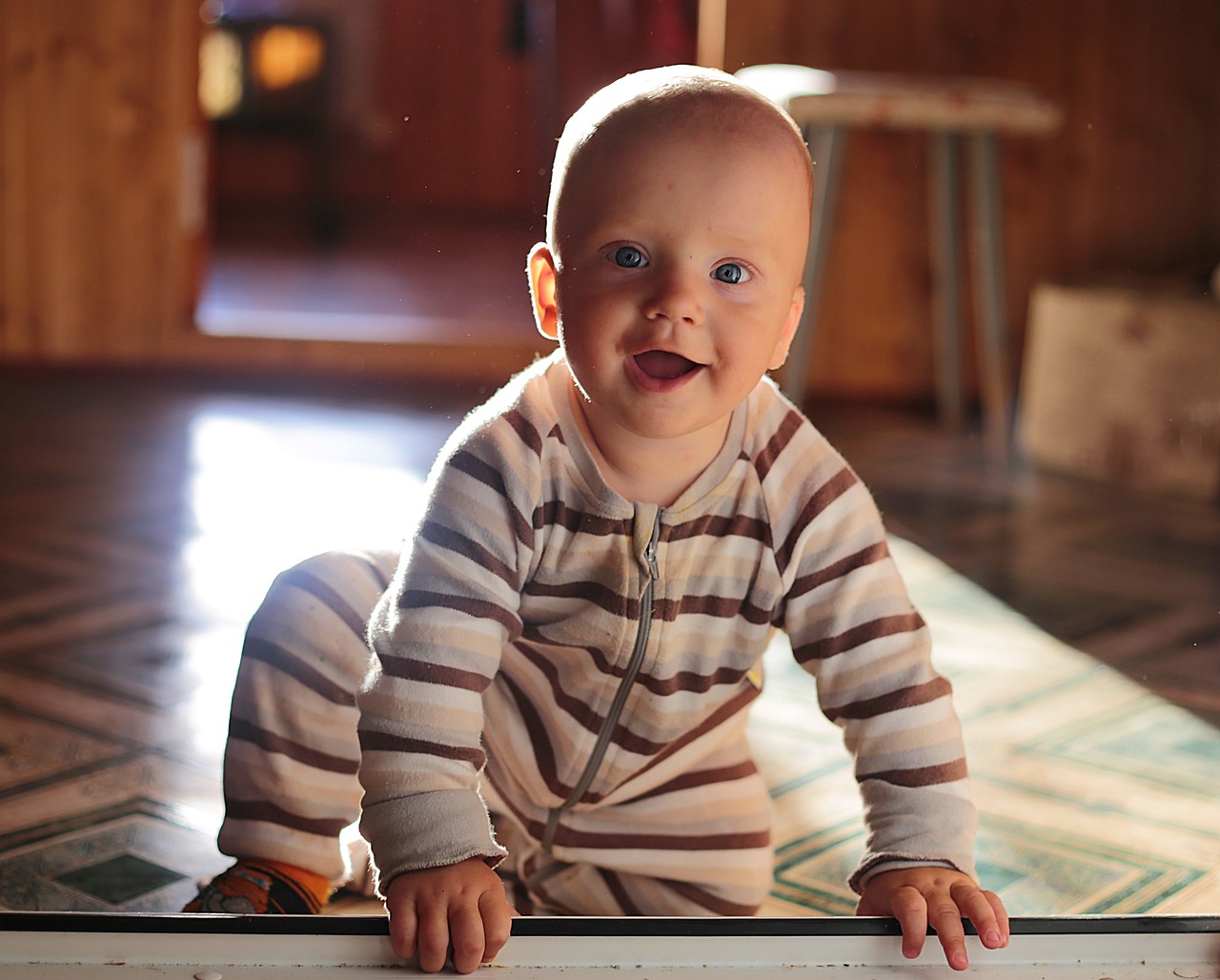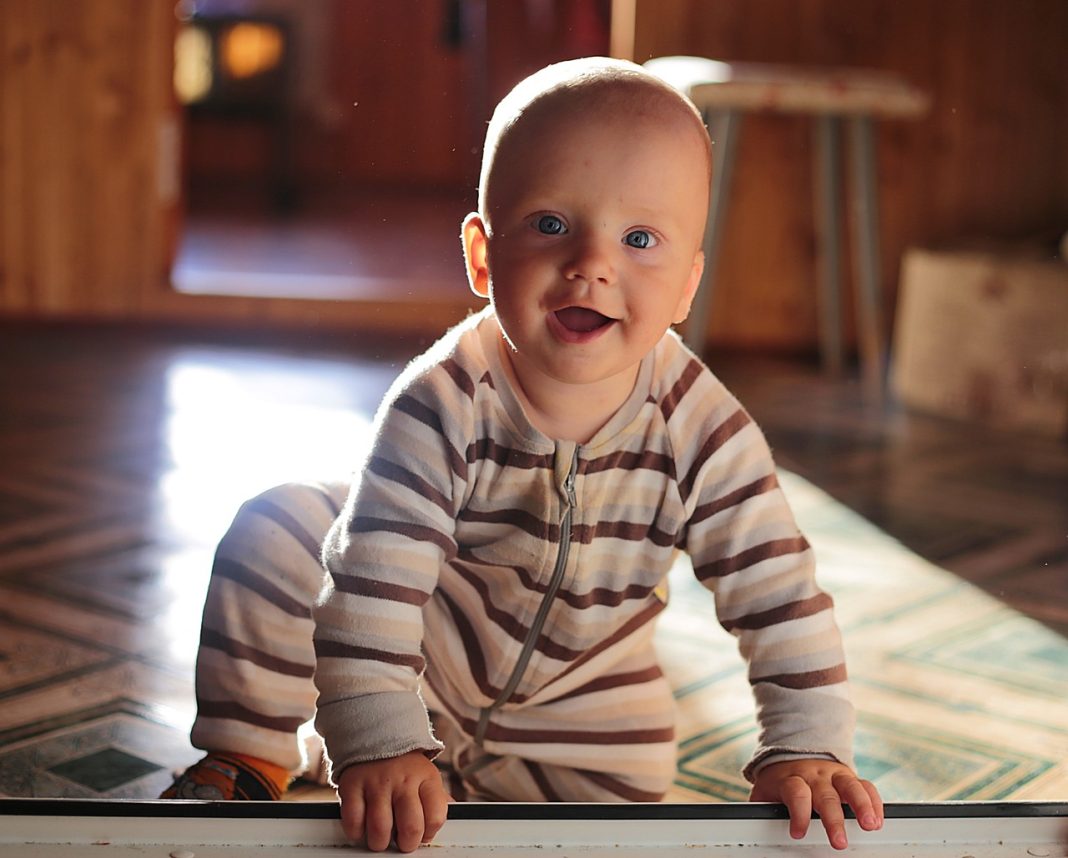
Bone and joint disorders are common in children and can significantly impact their quality of life. From fractures to scoliosis, these conditions can range from mild to severe and require appropriate management to prevent long-term complications. Effective management involves a multidisciplinary approach, including pediatricians, orthopedic surgeons, physical therapists, and other specialists. In this article, we will discuss the most common bone and joint disorders in children and the strategies used to manage them. We will also explore the latest advancements in treatment options that have improved outcomes for children with these conditions.
1. Overview of Bone and Joint Disorders in Children
Bone and joint disorders in children are common and can affect their growth and development. These disorders can be congenital, genetic, or acquired. Some of the common bone and joint disorders in children include scoliosis, clubfoot, hip dysplasia, and juvenile idiopathic arthritis.
Scoliosis is a condition that causes the spine to curve sideways, while clubfoot is a deformity of the foot that causes it to turn inward. Hip dysplasia is a condition in which the hip joint does not develop properly, leading to instability and pain. Juvenile idiopathic arthritis is a chronic autoimmune disorder that causes inflammation in the joints, leading to pain and stiffness. Early diagnosis and treatment of these disorders are crucial for preventing complications and ensuring proper growth and development of the child.
2. Diagnosis and Treatment of Common Pediatric Orthopedic Conditions
When it comes to pediatric orthopedic conditions, early diagnosis is key to successful treatment. Some of the most common conditions in children include:
- Fractures: These are common in children due to their active lifestyle and developing bones. Treatment may involve immobilization with a cast or brace, or in severe cases, surgery.
- Scoliosis: This is a curvature of the spine that can cause pain and discomfort. Treatment may involve bracing or surgery, depending on the severity of the condition.
- Clubfoot: This is a congenital condition where the foot is turned inward. It can be corrected with casting, bracing, or surgery.
- Developmental dysplasia of the hip (DDH): This is a condition where the hip joint doesn’t develop properly. Treatment may involve bracing or surgery, depending on the severity of the condition.
Once a diagnosis has been made, treatment options will be discussed with the child and their family. Treatment may involve non-surgical options, such as physical therapy or bracing, or surgical options, such as joint replacement or fusion. The treatment plan will depend on the specific condition, the child’s age and overall health, and the severity of the condition.
3. Strategies for Managing Bone and Joint Disorders in Children: A Comprehensive Approach
Bone and joint disorders in children can be challenging to manage, as they can have a significant impact on a child’s growth and development. A comprehensive approach that involves multiple strategies can help to effectively manage these conditions. Here are some strategies that can be used:
- Physical therapy: Physical therapy can help to improve joint mobility, strength, and flexibility. It can also help to reduce pain and improve functional abilities. A physical therapist can develop an individualized treatment plan for each child, depending on their specific condition and needs.
- Medications: Medications such as nonsteroidal anti-inflammatory drugs (NSAIDs), corticosteroids, and disease-modifying antirheumatic drugs (DMARDs) can be used to manage pain and inflammation associated with bone and joint disorders. It is important to work closely with a healthcare provider to determine the appropriate medication and dosage for each child.
- Surgery: In some cases, surgery may be necessary to correct deformities, repair damaged joints, or improve function. A pediatric orthopedic surgeon can evaluate each child and determine if surgery is necessary and what type of surgery would be most appropriate.
In addition to these strategies, it is important to encourage healthy lifestyle habits, such as regular exercise, a balanced diet, and good sleep habits. Maintaining a healthy weight can also help to reduce the strain on joints and improve overall health. By using a comprehensive approach that involves multiple strategies, bone and joint disorders in children can be effectively managed, allowing them to live healthy and active lives. In conclusion, managing bone and joint disorders in children requires a comprehensive approach that involves early detection, accurate diagnosis, and appropriate treatment. It is essential to work closely with a team of healthcare professionals, including pediatricians, orthopedic surgeons, physical therapists, and occupational therapists, to ensure the best possible outcome for the child. Parents and caregivers also play a crucial role in supporting their children’s recovery by following the treatment plan, providing emotional support, and encouraging a healthy lifestyle. With the right care and support, children with bone and joint disorders can lead fulfilling and active lives.








